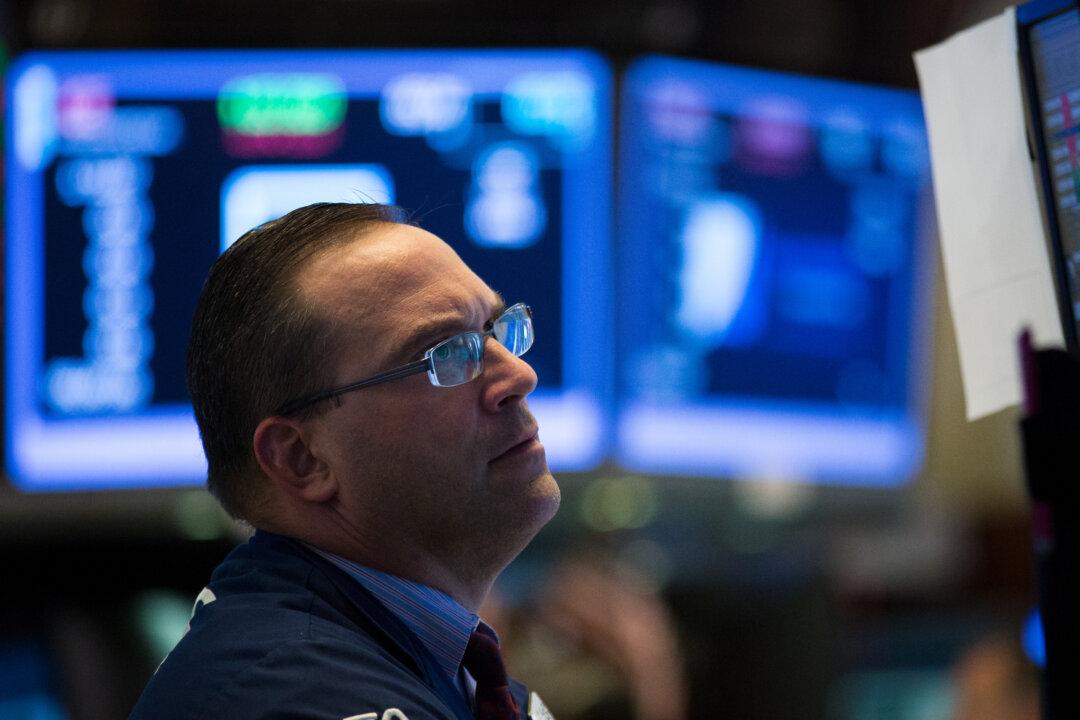Passive investing is a phenomenon increasingly dominating discussion about the stock market.
Depending on one’s allegiances, passive investing can be a blessing or a curse. Given the growing popularity of exchange-traded funds (ETFs), it has become a lightning rod for debates on stock market efficiency, liquidity, and asset bubbles.
Passive investing is a strategy aiming to match the performance of the stock market or an index. In contrast to active investing or management, which is simply traditional “investing,” passive investing does not pick individual stocks in an attempt to beat the market. ETFs tracking the performance of indices have further simplified this process in recent years, by allowing investors to trade them as stocks.
Its popularity is increasingly among retail investors. During the 12-month period ending June 30, investors contributed $302 billion into passively managed U.S. equity funds, compared to a net outflow of $257 billion from actively managed U.S. equity funds during the same period, according to data from Morningstar Research.





